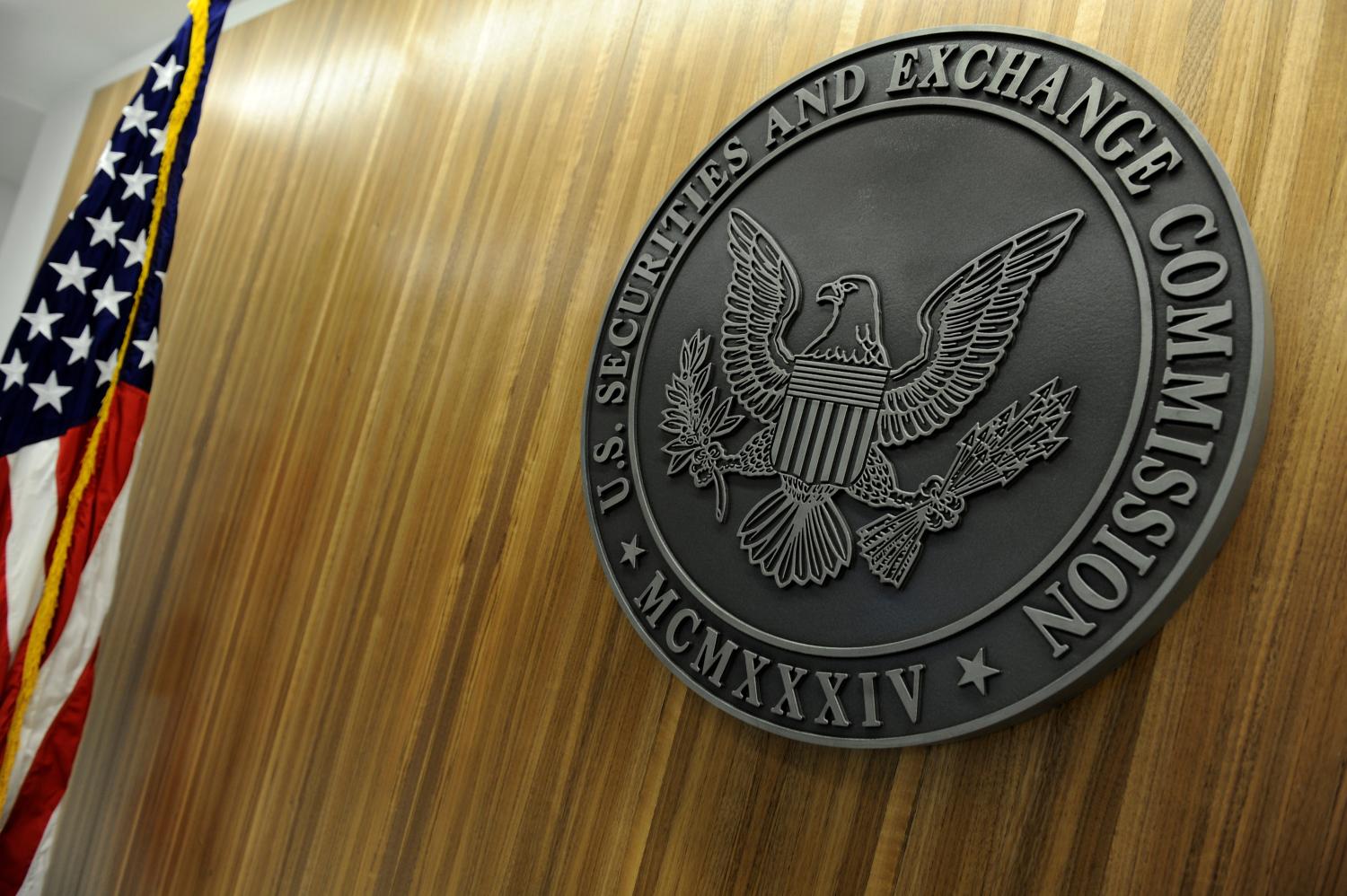Many sophisticated investors seek outsize returns by buying securities of private companies before offering their shares to the public. However, as with all investments, higher potential returns involve higher risks—indeed, the majority of startups do not succeed. Yet, private companies are not required to make the extensive disclosures mandated by the SEC for public companies, and the shares of private companies are difficult to sell because there is no established public market.
Due to these added risks, the SEC has long insisted that accredited investors in private securities maintain a certain level of wealth. Current thresholds require that an accredited investor either earn $200,000 in individual annual income or have at least $1,000,000 in net worth, excluding the value of a primary residence. However, these same thresholds have been in place since 1982, and have not been adjusted for inflation.
On December 18, 2019, the SEC voted to propose amendments to the definition of an accredited investor. While these amendments offer other ways to become an accredited investor, they do not adjust the income or asset thresholds. We support the SEC’s goal of broadening the access to private investments, but we believe that the SEC should have two counter-balancing objectives. First, accredited investors should understand the risks involved in private investments, and second, they should be able to bear the potential loss on these investments.
To achieve all these objectives, we propose that private investments be open to all investors that meet inflation-adjusted thresholds for accredited investors. In addition, we propose that investors meeting the current thresholds for accredited investors, but not the inflation-adjusted thresholds (called “mid-level investors”), be allowed to buy private investments if they both:
- Meet a knowledge test themselves or through their financial advisor, and
- Invest no more than 10 percent of their net worth to meet the loss absorption objective.
Stealth expansion of qualifying thresholds
The pool of accredited investors has been dramatically expanded since the income and asset thresholds were adopted in 1982. As shown by Figure 1, 18.14 million households or 13.85 percent of US households in 2020 met one of the tests for accredited investors—as compared to 1.51 million households or 1.8 percent of US households in 1983.[1]

*Total number of households equaled 83.9 million in 1983 and 131 million in 2020.
**Net worth calculations for 2020 exclude the value of primary residences.
This dramatic expansion is due primarily to the failure to adjust for inflation the thresholds for qualifying as an accredited investor. Figure 2 lists the inflation-adjusted dollar thresholds in 2020 to showcase the disparity between the current thresholds and the inflation-adjusted thresholds.[2] For both annual income and net worth, adjusting for inflation would more than double the thresholds necessary to qualify as an accredited investor.

By contrast, the SEC recently proposed to raise the reporting threshold from $100 million to $3.5 billion for Form 13F reports filed quarterly by institutional investment managers. The threshold of $100 million in assets under management was initially adopted by Congress in 1975. In justifying such a dramatic increase in this threshold to $3.5 billion, the SEC emphasized that the $100 million threshold now covered approximately 17 times the number of investment managers as were covered in 1975.
Nevertheless, the SEC has not proposed any increase in either the annual income or net worth thresholds of the accredited investor definition.[3] The SEC apparently has concluded that financial knowledge is a better indication of investor sophistication than annual income or net worth. While we can understand the SEC’s position, we strongly believe that mid-level investors, whose financial resources are not very extensive, need special protections on both financial knowledge and loss absorption.
Financial knowledge test for mid-level investors
Under our proposal, mid-level investors can demonstrate financial knowledge by either passing an exam themselves or by hiring a qualifying financial advisor.
1. Passing a financial knowledge test
If investors pass the Series 82 Exam or the CFA Level III Exam, they should satisfy the financial knowledge prong of the accredited investor definition. The Series 82, also known as the Private Securities Offerings Representative Exam, includes a section on the Regulation of the Market for Registered and Unregistered Securities. We propose an expansion of this section of the Series 82 Exam, as well as dropping the requirement that test takers must be associated with a self-regulatory organization (SRO) member firm.
Mid-level investors, whose financial resources are not very extensive, need special protections on both financial knowledge and loss absorption.
The CFA Level III also would serve as a good indicator of financial knowledge. This exam is primarily focused on portfolio management, with a 5 to 15 percent weighting toward alternative investments. But the CFA would need to expand the questions on alternative investments, and allow the Level III exam to be taken without taking Levels I and II.
By contrast, we do not agree with the SEC’s proposal that passing the Series 7 or Series 65 test should mean that someone is financially knowledgeable enough to qualify themselves as an accredited investor. Since all US stockbrokers must pass the test for Series 7 to obtain a trading license, the test is very broad. It covers a wide range of topics including options, municipal bonds, tax factors, retirement plans and interactions with clients. The only items about private investment opportunities are hedge funds and packaged products. Furthermore, there is no mention of private securities anywhere in FINRA’s extensive content outline of the Series 7, so it is likely there are only a few questions on private securities.
The Series 65 is broken down into four broad categories: Economic Factors and Business Information, Investment Vehicle Characteristics, Client Investment Recommendations and Strategies, and Laws, Regulations, and Guidelines. Subcategories under Investment Vehicle Characteristics include pooled investments and trading securities, which may encompass private securities. However, given the exam’s broad focus, we estimate there are fewer than five questions on this exam directly testing knowledge of private securities.
2. Hiring a financial advisor
Alternatively, investors can meet the knowledge test if their advisor passes a qualifying test, such as the Series 82 or CFA III exams. We believe that advisors can help investors understand the risks associated with private markets, while diversifying portfolios to further the objective of loss absorption.
Moreover, we believe that the SEC should require advisers to have an appropriate fee structure in order to qualify their clients as accredited investors. The SEC should not qualify clients with advisers who receive fees mainly in the form of sales commissions, since that fee structure encourages advisers to sell more securities rather than serve the best interests of their clients. By contrast, the SEC should permit advisers with fees based on assets under management as well as fixed annual fees, as these pay structures better align the interests of advisers with their clients.
Loss absorption for mid-level investors
Beside meeting a knowledge test, mid-level investors should be restricted from investing more than 10 percent of their portfolio in private securities. This requirement is loosely based on a similar rule found in Reg A+ adopted pursuant to the JOBS Act. Unaccredited investors can only invest up to the greater of 10 percent of their annual income or 10 percent of their net worth in Reg A+ Tier 2 offerings. The proposed 10 percent limit for mid-level investors would be in addition to any Reg A+ investments in a portfolio. Thus, mid-level investors could invest up to 20 percent of their portfolio in non-public securities using a combination of Reg A+ and other types of private securities.
The SEC initially adopted the 10 percent limit to set a reasonable ceiling on loss absorption in Reg A+ offerings. On March 4th, 2020, the SEC reaffirmed the current investor protections in Reg A+, thereby suggesting the 10 percent investment limit is warranted given the heightened risk surrounding Reg A+ companies. So we believe that this same 10 percent limit is an appropriate loss absorption standard for mid-level investors who want to purchase private securities other than Reg A+.
Conclusions
Our proposal for a revised definition of an accredited investor, as applied to the three main categories of investors, is summarized below in Figure 3. We would automatically qualify all investors above the inflation-adjusted thresholds and continue to disallow investors below the current thresholds. However, we would allow mid-level investors to buy private securities if they met both a knowledge and loss absorption test. While the comments on the SEC proposal have focused primarily on understanding risk, we believe that the SEC should also include a loss absorption test for mid-level investors.

Robert Pozen has been a nonresident senior fellow at Brookings since 2010. In 2015, he generously committed to endow the Director’s Chair for the Urban-Brookings Tax Policy Center. As of July 2020, Patrick Ryan is an intern for PJ Solomon, a boutique investment bank in New York. The authors did not receive financial support from any firm or person for this article. Aside from positions listed here, neither is currently an officer, director, or board member of any organization with an interest in this article.






